I went for a hike on Wednesday with the Meanderthals group, part of the Canmore Seniors Association. We traveled west to the Kootenay National Park, just over the Continental Divide into British Columbia, about 45 minutes from home. Our destination was Marble Canyon, where we began our hike from to the Paint Pots. This hike is a short one, about 6.25 km (3.9 miles) and generally flat. The trail follows the Kootenay River southward to our day’s destination. Following lunch at the Paint Pots, we re-traced our steps to Marble Canyon where we followed Tokumm Creek upstream to an impressive waterfall. Then back to the parking area, the terminus for our day.
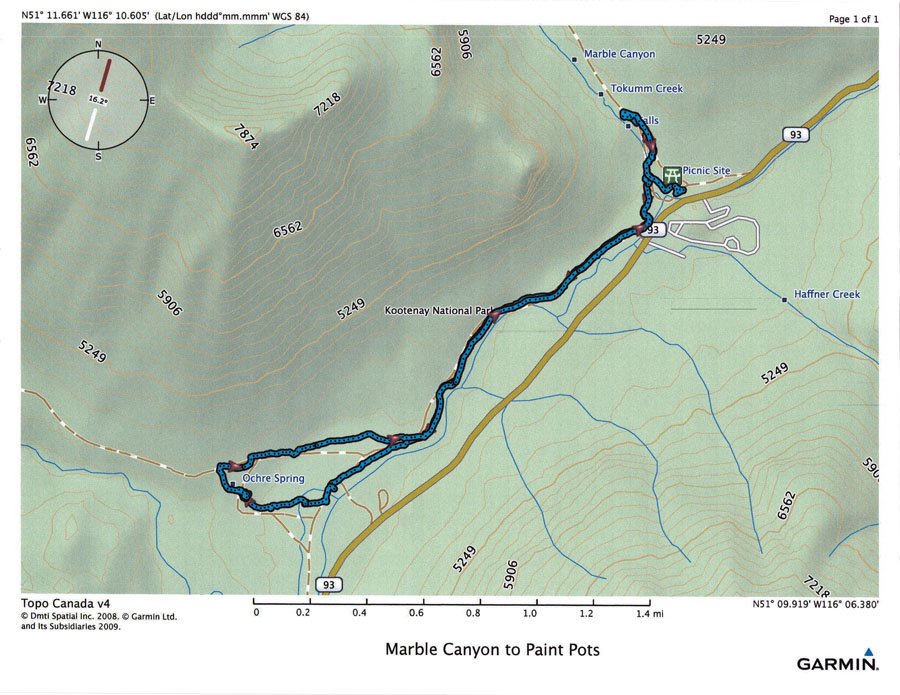
The Paint Pots are actually an orange ochre bed, important to many Aboriginal peoples who gathered the ochre for centuries for use in ceremony and trade. In the early 1900’s ochre was mined and shipped to Calgary, where it was used as a pigment in paint. Remnants of twentieth century mining are still visible along the trail. The paint pots are formed by the accumulation of iron oxide around the outlets of three cold mineral springs. As the rim of iron builds up around each pot, they gradually increase in height. The greenish colour of the two larger pots is the result of the mixing of fresh water from a small creek, which empties into the largest pool.
Following are some pictures I took of this unusual phenomenon. The first picture shows Ochre Creek, downstream from the Paint Pots. It flows through this flat plain and you can see where it has deposited iron oxide in the past. Water flow is moderate, past the peak of the spring runoff.
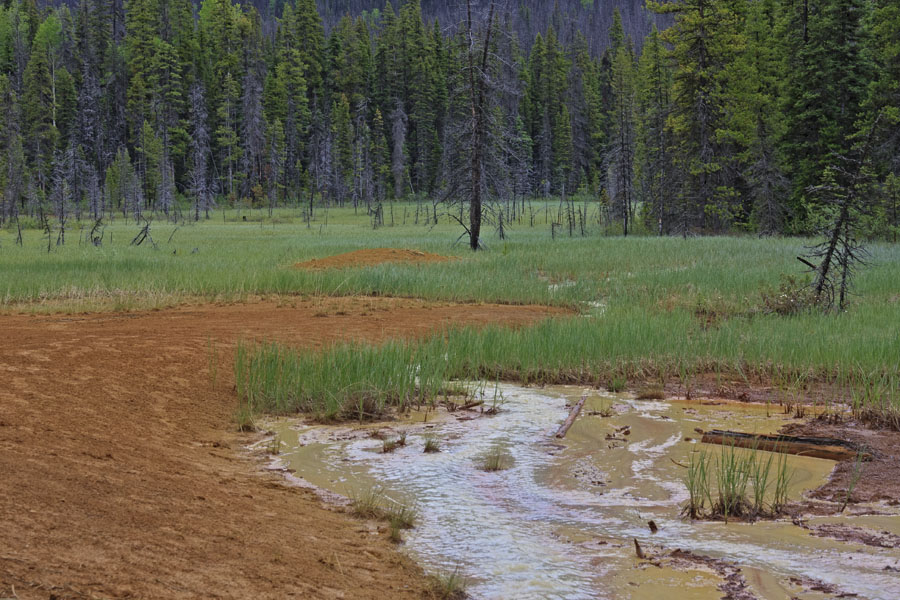
The next few pictures feature the Paint Pots themselves. Note the bold green of the water and the bright orange of the surrounding ochre deposits. I have used a circular polarizing filter to cut down the glare on the water’s surface, but not so much as to lose the interesting reflections. You can see these reflections in all the photographs, in the lower part of the scenes.
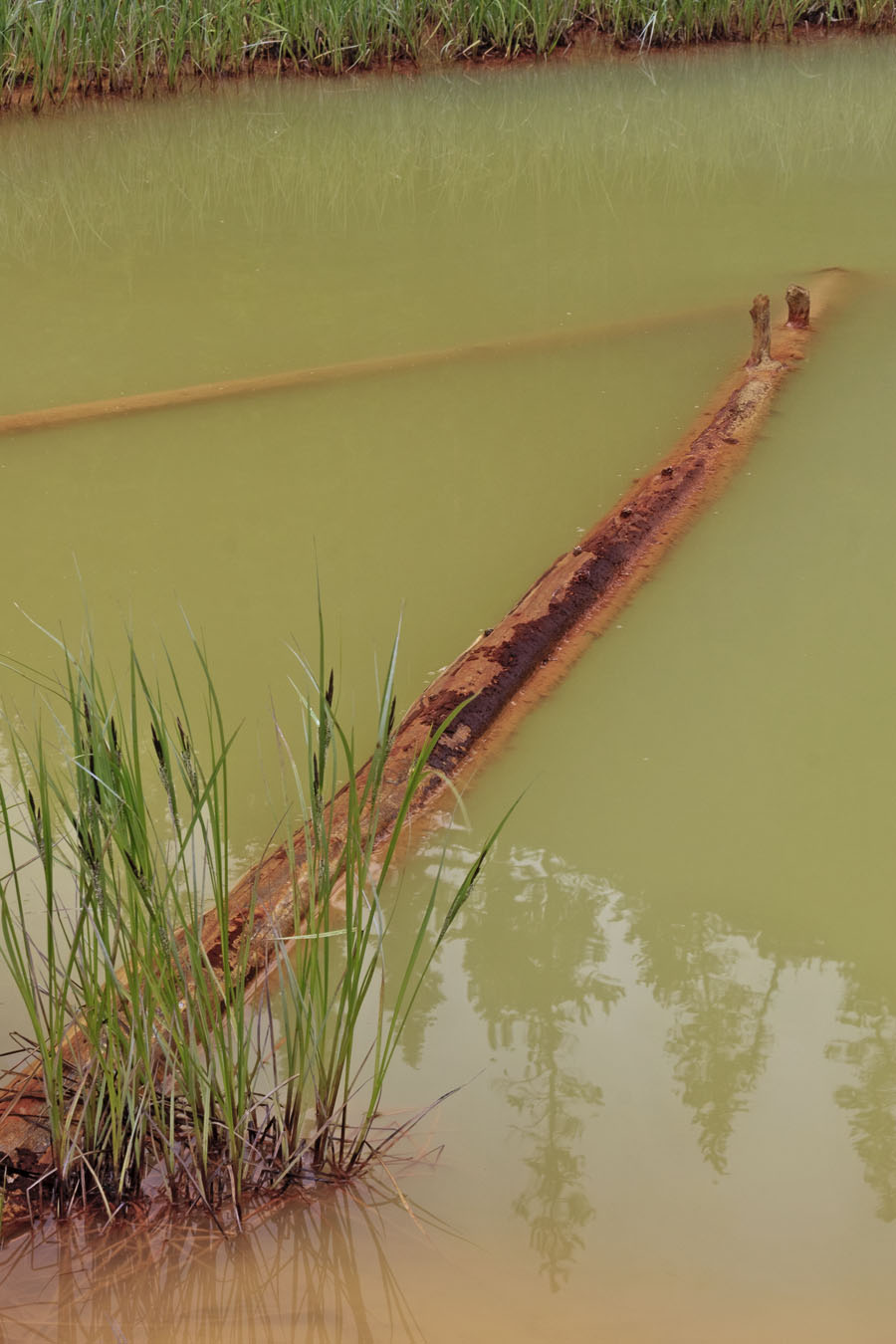

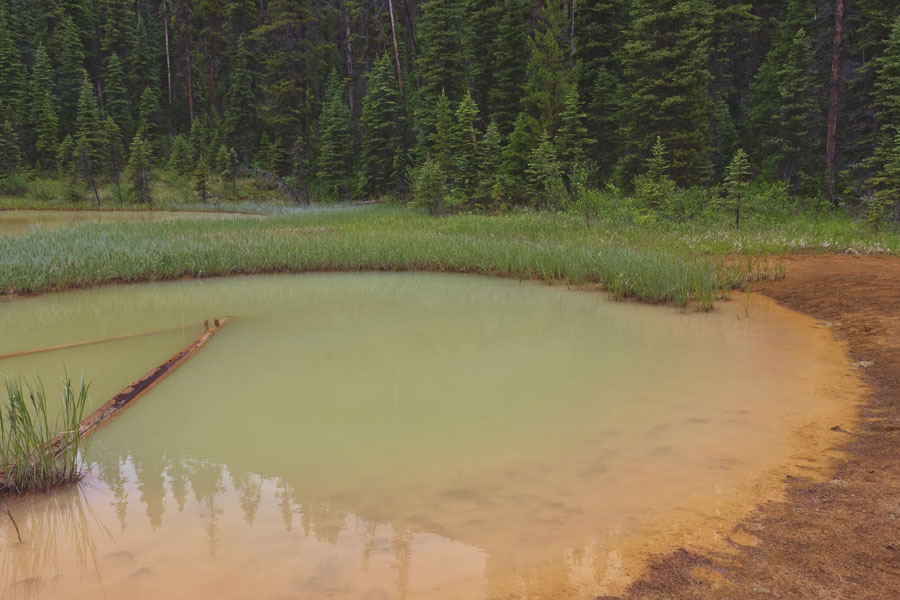
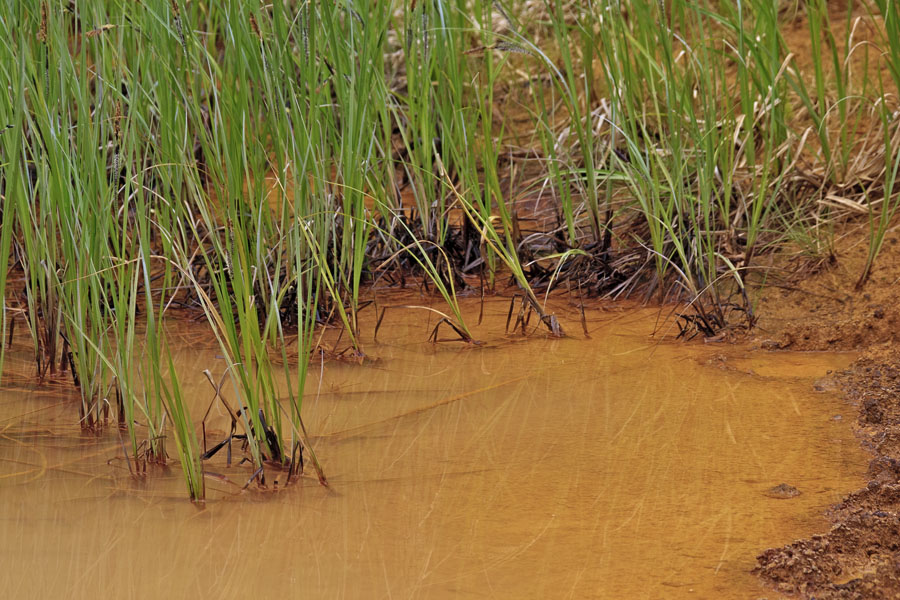
My last few scenes feature Tokumm Creek, presented in a slideshow. The first scene shows a small rivulet, cascading into the depth of the canyon. The water in this scene is essentially in free fall. I’ve included two shots of the falls from quite close with a shutter speed of 1/500 sec. That “freezes” the motion and you get a good sense of the power of the water striking the rock walls bordering the creek. I took a couple of others, featuring a boulder in the stream. These pictures were taken with a much longer exposure, 1/4 second. This creates a much softer look, an artistic impression. It’s a commonly used technique pleasing to the eye. (In my opinion at least.) Click on the right side of the images to advance the slideshow, on the left to reverse.
On our trek back to the parking area, I came across a cute little rodent. Okay a chipmunk. I couldn’t resist taking his picture and I understand it was popular with my grandchildren.
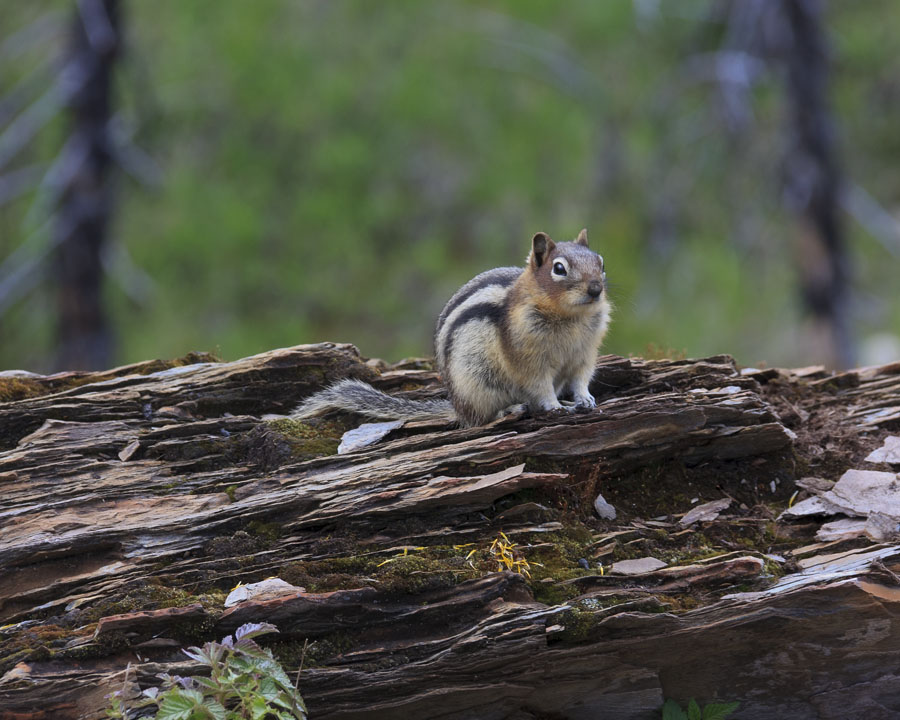


You know I prefer the faster shutter, but they are all great shots! Even the rodent!